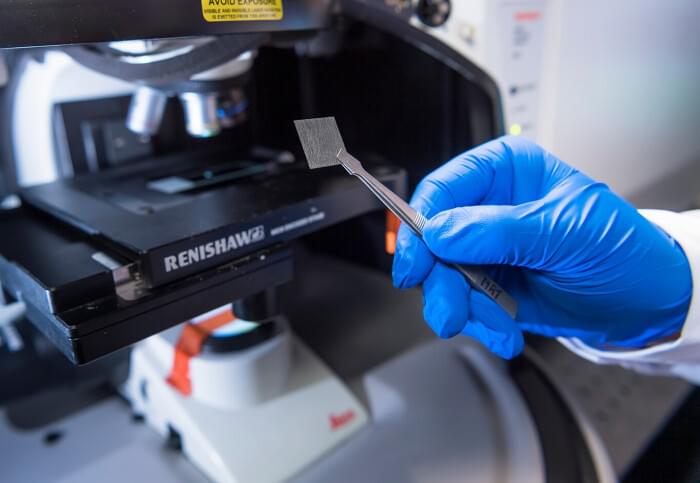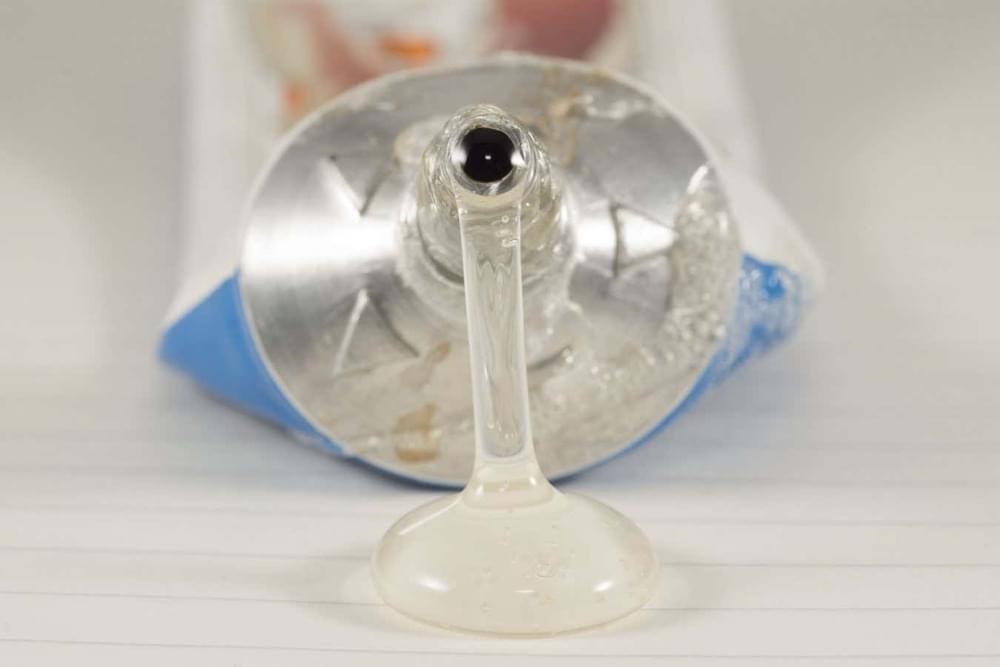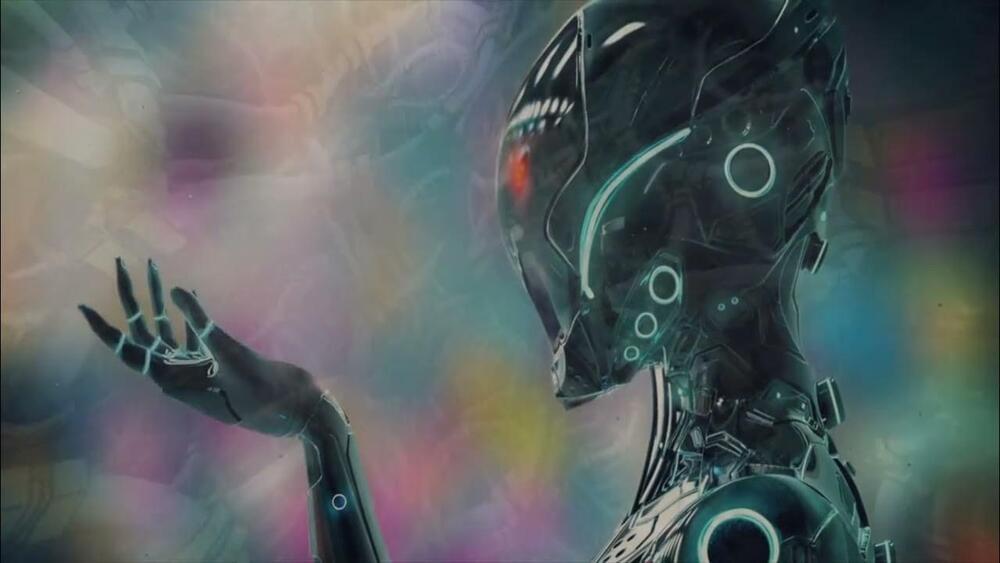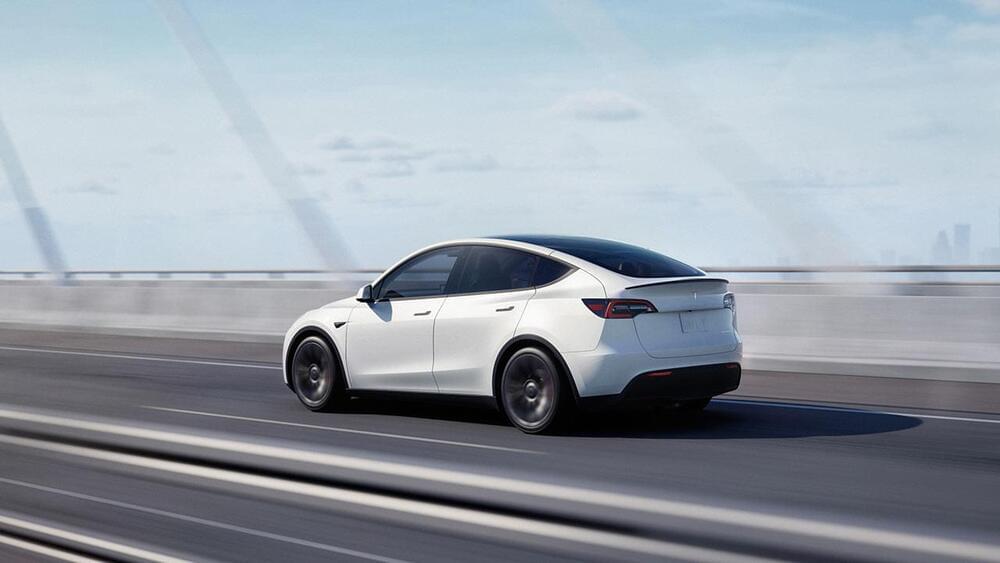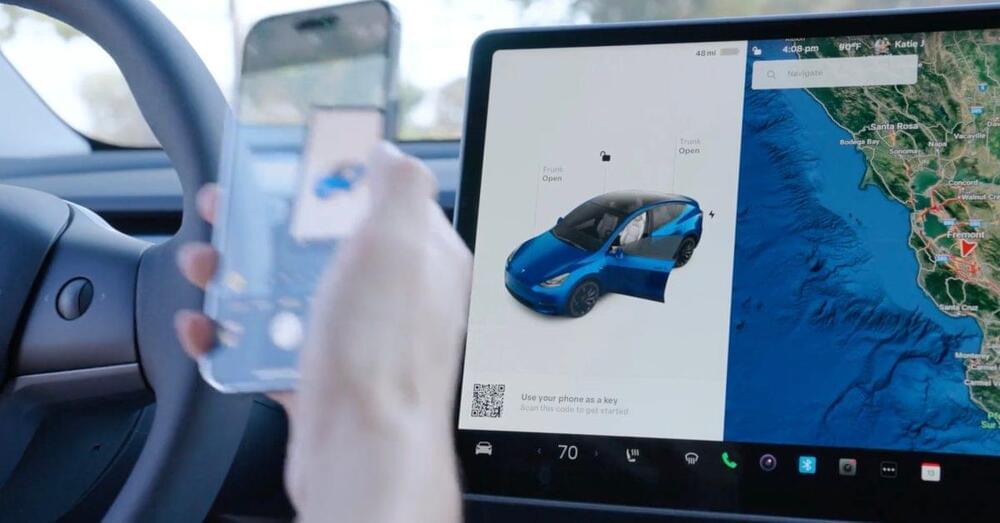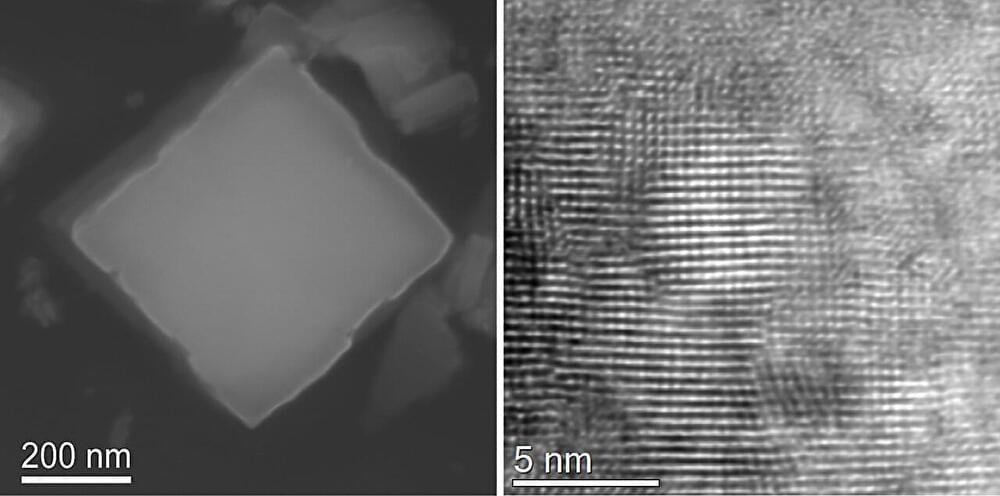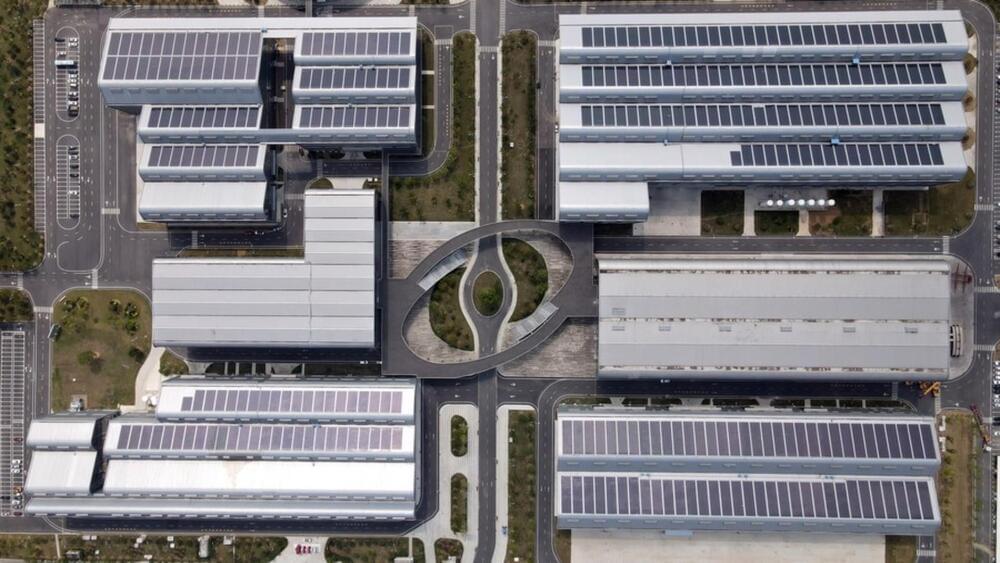Sep 23, 2023
Cheap and efficient catalyst could boost renewable energy storage
Posted by Omuterema Akhahenda in categories: particle physics, sustainability
Renewable energy generation, from sources like wind and solar, is rapidly growing. However, some of the energy generated needs to be stored for when weather conditions are unfavourable for wind and sun. One promising way to do this is to save the energy in the form of hydrogen, which can be stored and transported for later use.
To do this, the renewable energy is used to split water molecules into hydrogen and oxygen, with the energy stored in the hydrogen atoms. This uses platinum catalysts to spur a reaction that splits the water molecule, which is called electrolysis. However, although platinum is an excellent catalyst for this reaction, it is expensive and rare, so minimising its use is important to reduce system cost and limit platinum extraction.
Now, in a study published this week in Nature, the team have designed and tested a catalyst that uses as little platinum as possible to produce an efficient but cost-effective platform for water splitting.
Continue reading “Cheap and efficient catalyst could boost renewable energy storage” »
